New topographics was a term coined by William Jenkins in 1975 to describe a group of American photographers whose pictures had a similar aesthetic in that they were formal, mostly black and white prints of the urban landscape photography. The photographs have an ‘architectural’ quality. The pictures were stripped of any artistic frills and reduced to an essentially topographic state, conveying substantial amounts of visual information but avoiding the aspects of beauty, emotion and opinion.
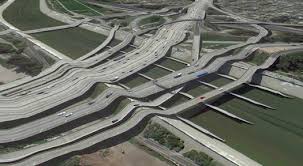
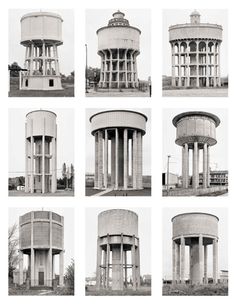
The style was practiced most famously by the 1970s New Topographics Photographers, including Robert Adams, Lewis Baltz, Sebestian Sagaro, Bernd and Hilla Becher. They were the inspiration for Becher’s students at the Kunstakademie Dusseldorf, who in the 1990s formed the ‘Dusseldorf School’ which included such photographers as Andreas Gursky and Thomas Struth”
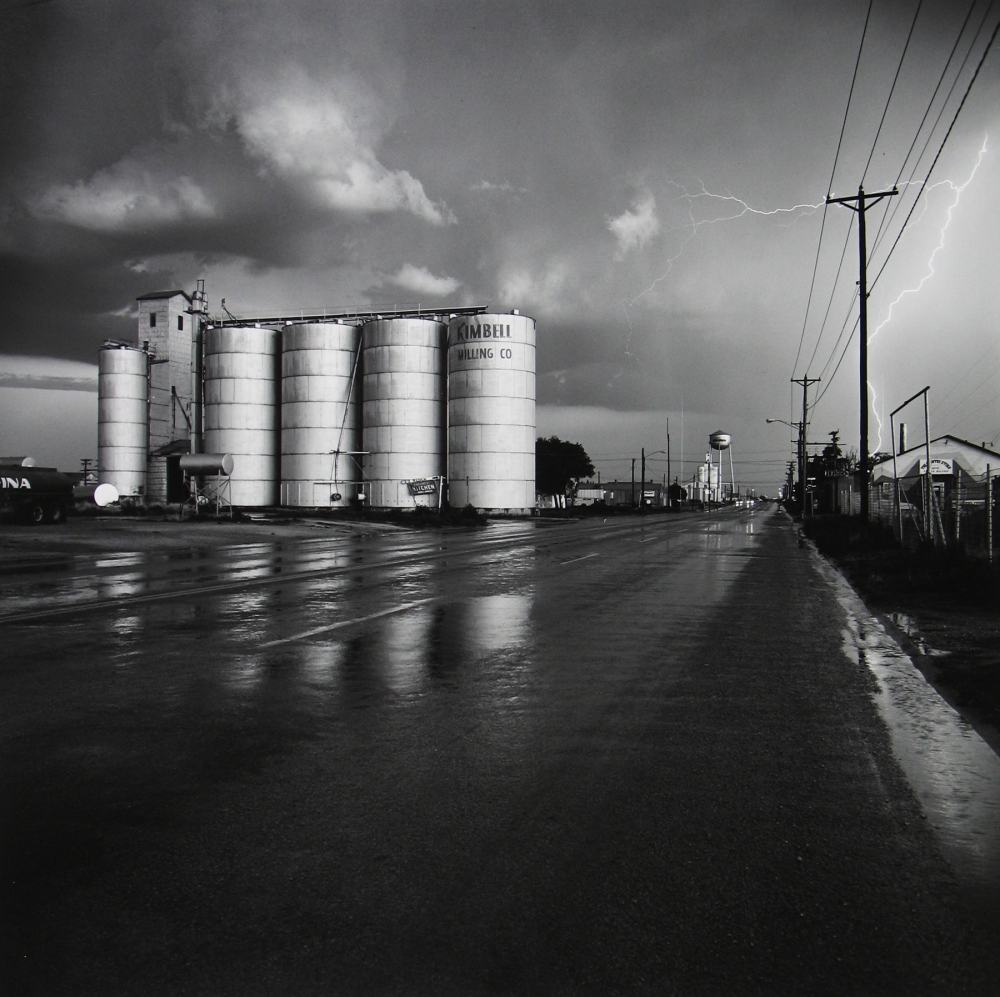
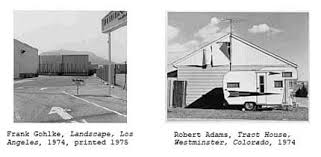
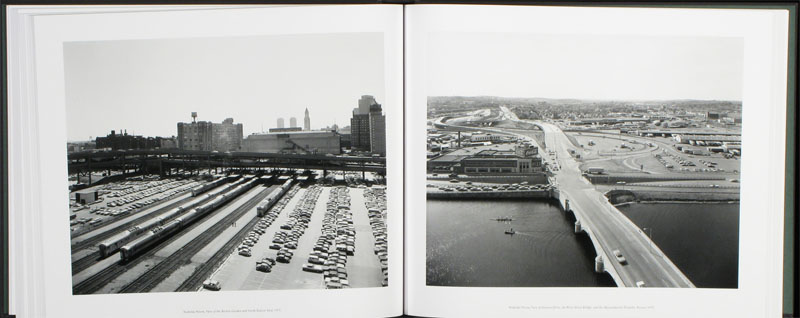
The movement culminated in an exhibition in the USA in 1975 –“New Topographics: Photographs of a Man-Altered Landscape in which eight young American photographers: Robert Adams, Lewis Baltz, Joe Deal, Frank Gohike, Nichcolas Nizon, John Schott, Stephen Shore and Henry Wessel. exhibited together with Bernd and Hilla Becher. Each photographer in the New Topographics exhibition was represented by 10 prints. All but Stephen Shore worked in black and white.
Bernard and Hilla Becker
The Becker’s created typology photography, showing man made structures, but again in perfect contraction, large format camera. The Beckers created the Dusseldorf school.
Since the late 1950s the Bechers had been photographing various obsolete structures, mainly post-industrial carcasses or carcasses-to-be, in Europe and America. They first exhibited them in series, as “typologies”, often shown in grids, under the title of “Anonymous Sculptures.”
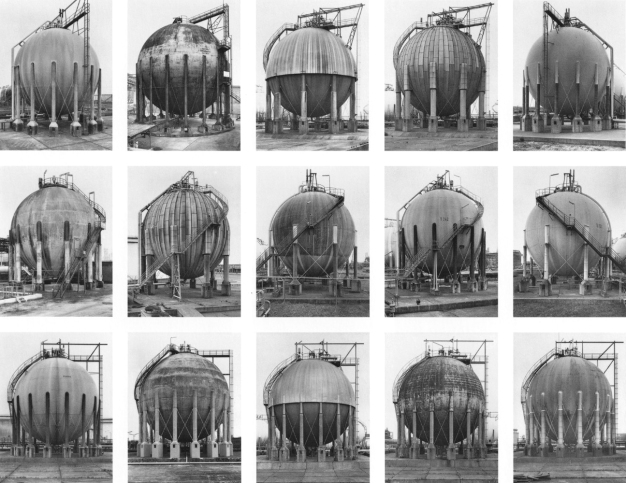
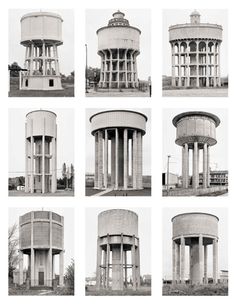
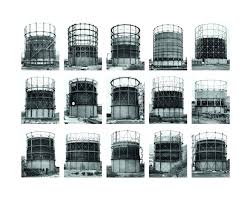
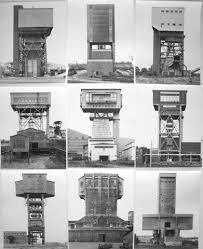
Sebastiao Salgado
Sebastian Salgado style is to photograph virgin areas of the world and primitive cultures still in their natural habitat. Is photographing in these environments a good thing or is it intrusion? There is very little virgin landscape left in the world. Almost everywhere you go in the world people have been before. Do these photos encourage invasion/destruction of these lands and cultures or do they preserve and protect?
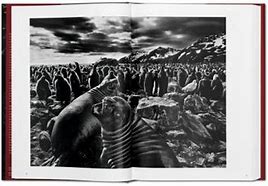
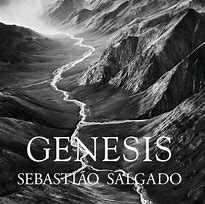
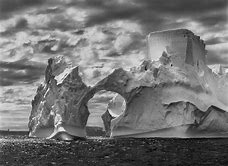
As a 26 year old holding a camera for the first time Sebastiao said looking through the viewfinder was a revelation – suddenly life made sense. The camera became his tool for interacting with the world. His deep love and respect for nature allowed him to be particularly sensitive to the way in which human beings are affected by their often devastating socio-economic conditions. Thought his career he has created many works but three long term projects stand out –
Workers – documenting the vanishing way of life of manual labourers across the world.
Migrations – a tribute to mass migration driven by hunger, natural disasters, environmental degradation and demographic pressure
Genesis – the result of an 8 year expedition to rediscover the mountains, deserts and oceans, the animals and people that have so far escape the imprint of modern society – the land and life of a still pristine planet. Sebastiao describes the Genesis project as ‘my camera allowing nature to speak to me and it was my privilege to listen’
He says ‘46% of the planet is still as it was at the time of genesis’. Genesis and his project Terra are dedicated to showing the nature beauty of the planet, reversing the damage done and preserving it.
Using black and white photography, rivalling Ansel Adams, using contrast of light and dark, recalling the works of Rembrandt and the old masters, he documents people, places, oceans, and icecaps in a book that he says is ‘his love letter to the planet’.
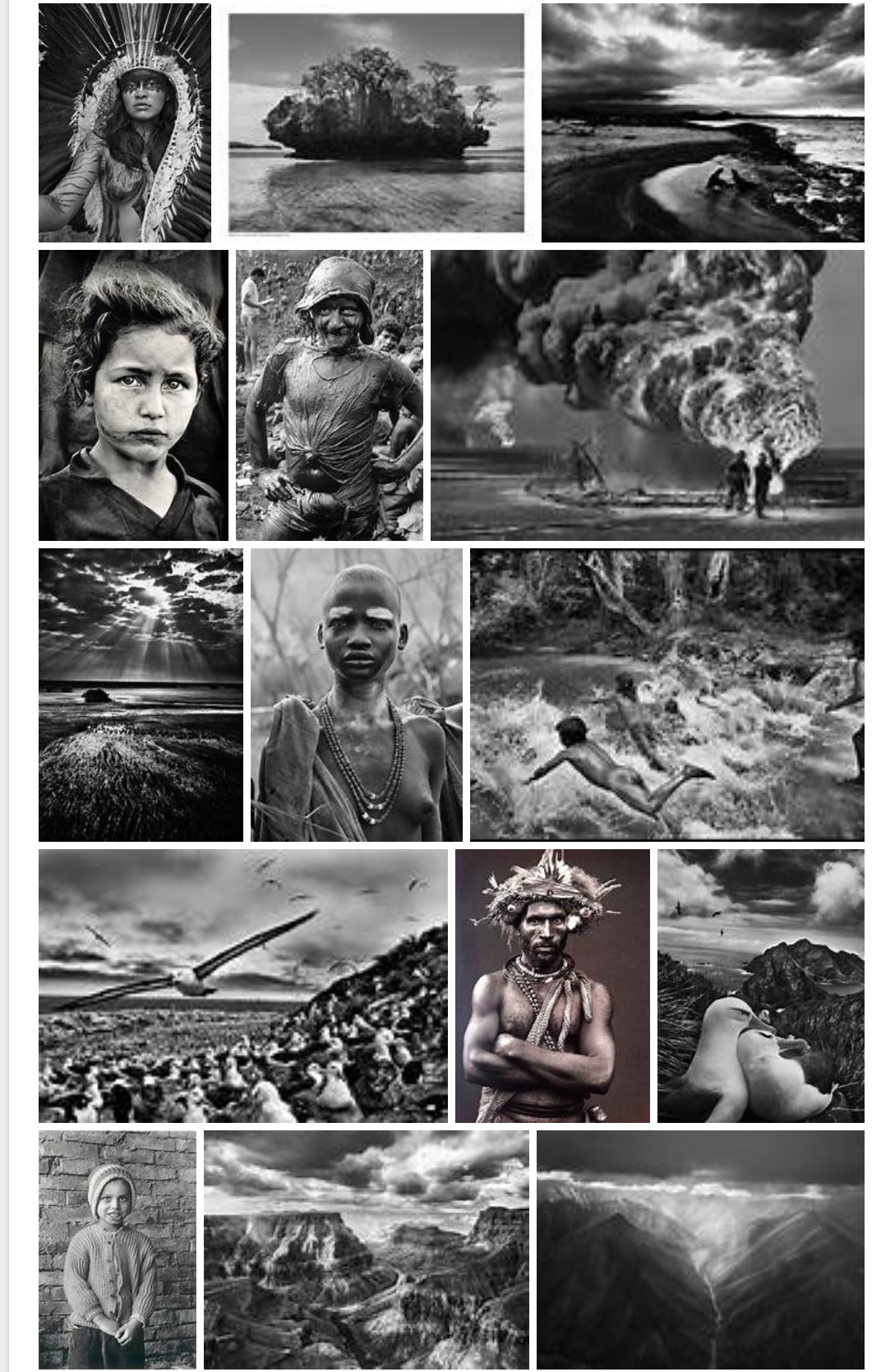
Robert Adams
Robert Adams believed this human intrusion so sad. He would shoot at dusk to create a melancholy landscape, using a large format camera. His photos were perfectly composed , straight lines, straight roads.
He published a series of essays ‘Why People Photograph’.
TBC
Lewis Baltz
TBC
Importance of Composition
Many photographers develop a style that inspires and they use for all their photography. Usually their style develops from their own cultural background:
August Sander was a German middle class photographer between the wars. Officially employed to take portrait photos of the ‘aran race’ as an official record for the German state but he diversified and would photography everyone. but in the same style.
Karl Blosfelt – well known for his macro pictures of plants, always the same set up .
Eugene Atget – 19th Century Parisian photographer.
Timothy O’Sullivan – working in the 1850’s he was the first person to sell photos as postcards and was important in making photography commercial and available to all.
Malick Salibe – 20th Century African photographer. Always photographed against a stripy background. His photos are always colourful and busy against the stripy background. Inspired by African culture.